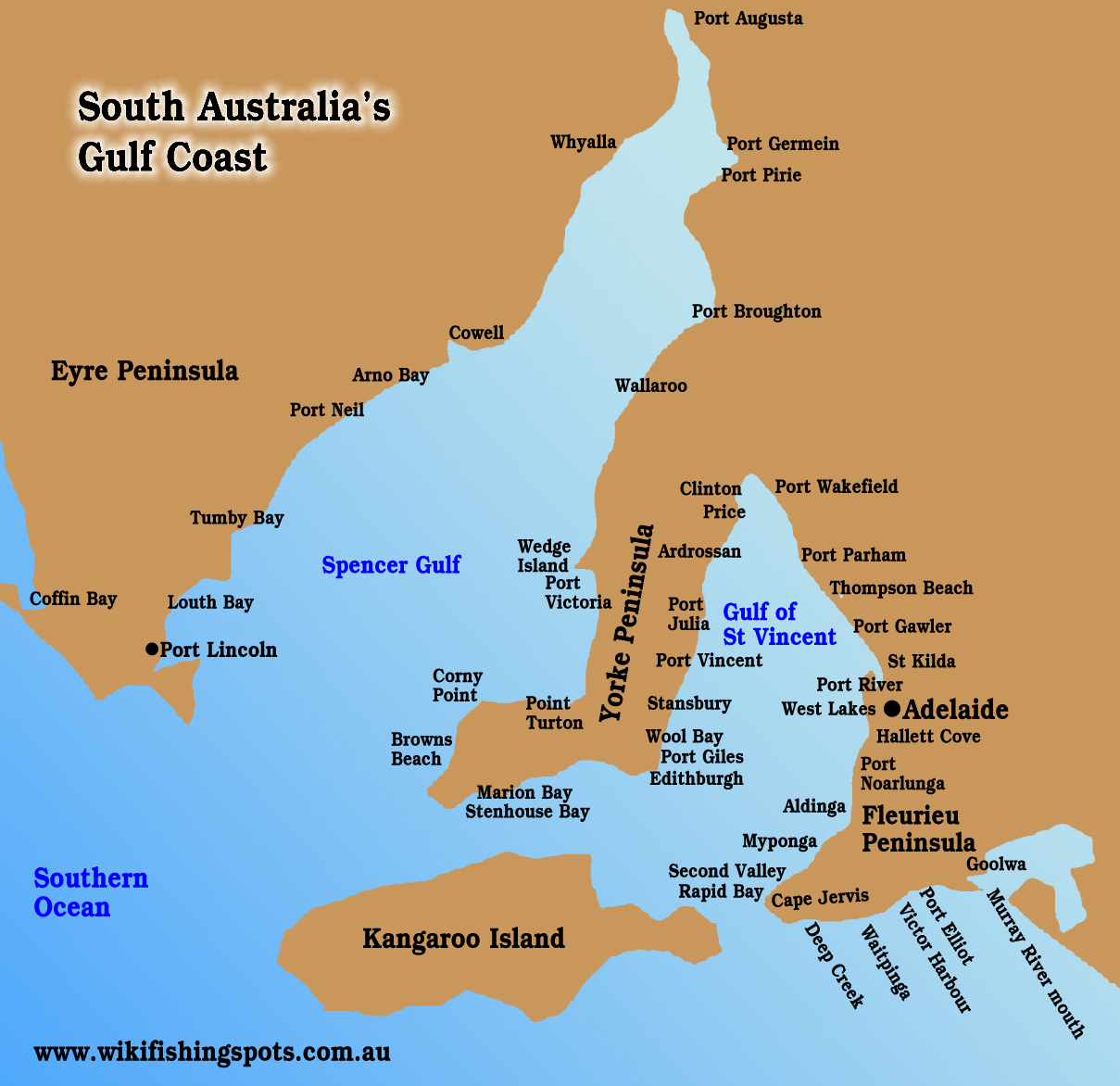Noosa has mainly whiting, flathead, tailor and bream in its large estuary, with mulloway, threadfin salmon and mangrove jacks also caught.
There is good fishing off the headland, beaches and within the tidal section of the Noosa River.
Bass inhabit the upper reaches of the river.
Great Sandy National Park’s shallow Lake Cootharaba and upper Noosa River have wild bass, with most taken above the mouth of Lake Cootharaba.
The area accessible by 4WD from Harry’s Hut or by water from Boreen Point has long been a drawcard for Brisbane fishermen.
There are several campsites north of Harry’s Hut.
Motorised boats may not proceed past the third camp, the area above is for canoes only. Great Sandy National Park – Cooloola Recreation Area camping permits must be booked in advance.
The deep channels through Noosa’s tidal lakes have bream, whiting, flathead, tailor, school mulloway, mangrove jacks and luderick.
Threadfin salmon are caught in the channel that links Lake Cootharaba and Cooroiba, and large prawns are a regular catch in the same area.
A popular spot is the deep hole on the first bend heading north after Lake Coroiba.
There is another hole further north opposite the camping area near John’s Landing.
Lake Coroiba has flathead and whiting, while the lower Noosa River has most species on a seasonal basis – mangrove jacks and whiting are
best in summer, bream and tailor are best in winter.
Fishing in the estuary tends to be best after storms, when the water is discoloured.
When the water is clear, fish at night and use light tackle and the freshest baits, such as nippers.
Surf and rock anglers can fish north or south of the national park to find the best conditions.
Teewah Beach can be accessed by 4WD after catching the Tewantin Ferry to the north bank and then driving down Maximillian Road and The Cutting.
The beach offers good fishing in the ever-changing gutters for bream, tailor, dart, whiting and occasional mulloway.
Noosa Head has several rock platforms where tailor and large mulloway are taken, and the surf beaches to the north and south fish well at times for bream, dart, mulloway and tailor in season.
For boaters, Noosa Bar is constantly shifting and crossings must be done with care, best at the top of the tide.
Noosa has several reefs within 5km of land, and another set of reefs about 15km out.
A mix of southern and tropical species are caught on a seasonal basis, including coral trout, cobia, sweetlip, red emperor, cod, snapper, tuskfish, yellowfin
tuna and spanish mackerel.
Small black marlin visit the reefs.
There is a boat ramp at Boreen Point, also in Doonella St, Tewantin, and two ramps at Noosaville in Gympie Terrace.
Noosa fishing spots and tips
*Munna Beach and sandspit fish best on falling tide for whiting, flathead. Deep water near the jetty has mulloway at night, turn of tide.
*Munna Bridge holds baitfish and mangrove jacks , trevally, bream, tailor. mulloway at night.
*Lions Park has family fishing for bream, whiting. Other species at
dusk and dawn.
*The island side of Sheraton Bridge has bank fishing around the pylons for mangrove jacks , trevally, bream and cod.
*Woods Spit has bream, whiting and flathead during the day and jewfish along the drop-off at night.
*The river mouth has a nearby carpark with variety of fishing, best near high tide. The rock wall has luderick, tailor and bream in winter. whiting
are caught along the foreshores and mulloway, bream and trevally are in the deeper water.
*Pylons around Weyba bridges hold most species. Easy bank access.
*Little Cove is sheltered and is best at dusk and dawn on weekdays.
*Sheltered Winch Cove has some reef fish, especially after prolonged rough weather, as well as mulloway and tailor.
*The area from Fairy Pools to Hells Gate has deep water access for land-based game fishing, and is fishable in most winds. Big mulloway,
kingfish, trevally, cobia, sharks.
Noosa Heads tides
Noosa coastline on Beachsafe
Great Sandy National Park – Cooloola Recreation Area
QLD fishing regulations
QLD marine parks
Return to QLD fishing map
Email corrections, additions, pictures or video here.



